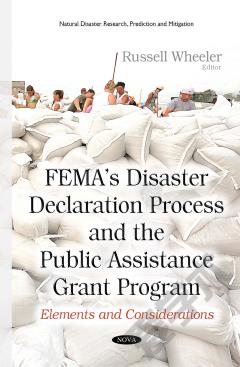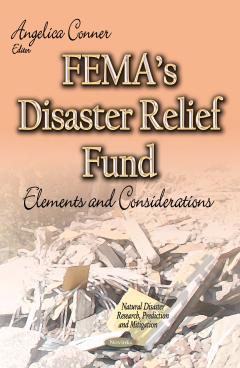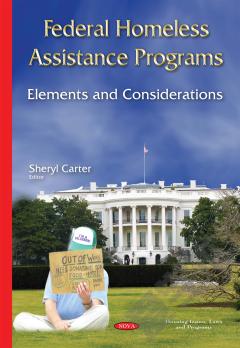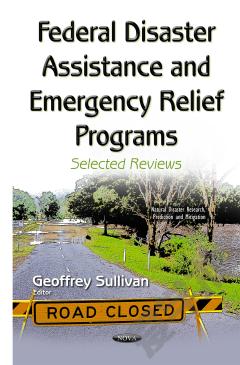FEMA’s Disaster Declaration Process and the Public Assistance Grant Program: Elements and Considerations
The Robert T. Stafford Disaster Relief and Emergency Assistance Act authorizes the President to issue “major disaster” or “emergency” declarations before or after catastrophes occur. Emergency declarations trigger aid that protects property, public health, and safety and lessens or averts the threat of an incident becoming a catastrophic event. Given their purpose, the emergency declarations may precede an event. A major disaster declaration is generally issued after catastrophes occur, and constitutes broader authority for federal agencies to provide supplemental assistance to help state and local governments, families and individuals, and certain nonprofit organizations recover from the incident. Since the decision for a declaration is at the discretion of the President, there has been some speculation regarding the influence of political favor in these decisions. Some have posited various connections between the political party of the governor requesting or the prominence of some state’s congressional delegation on committee’s important to FEMA. This book discusses the evolution of this process, how it is administered and recent changes enacted in law as well as amending legislation that has been introduced. The book then provides background on key elements of the Public Assistance (PA) Grant Program, which provides financial grant assistance to states, tribes, and local communities both in the response to and recovery from significant disasters. Finally, this book concludes with discussion of several policy issues that Congress may wish to consider when evaluating the PA Program in the future, including considerations of significant prospective changes to the PA Program and the role of the PA Program in the context of other federal agency disaster assistance authorities.
{{comment.content}}








 京公网安备 11010802027623号
京公网安备 11010802027623号